FORT McPHERSON, Ga. -- Rebecca Feathers keeps a watchful eye on her 9-month-old son Eric, as he squirms in his stroller. It is 10 p.m. on a chilly September evening at Fort Dix, N.J., and she has already been waiting in this building for a few hours.
Feathers tries to make light conversation and smiles, but as she tucks her hair behind her ears, the strain of the wait is apparent on her face.
There are other families here; children playing tag, spouses nervously checking their watches, and coffee being consumed in paper cups. Posters and "welcome home" banners are abundant, ready to be raised at any moment.
Feathers' husband, Spc. Jeremiah Feathers, is one of 4,000 Pennsylvania Army National Guardsmen from the 56th Stryker Brigade returning home after a yearlong deployment in Iraq, and as she waits for his plane to land, she is candid about how hard it's been.
"It's been really rough," Feathers says. "I cried a lot ... I'm surprised I made it. I don't know if I could do it again."
Discovering she was pregnant while still in high school, Feathers dropped out and married Jeremiah -- four months later he was deployed.
"It was hard taking care of a kid all by myself ... it's scary," she said.
Although Jeremiah wasn't able to come home while she was giving birth, he witnessed the delivery via webcam from Iraq. He met his son three weeks later over Christmas, and that was the last time Feathers saw her husband.
Feathers explained that the hardest part of her husband being deployed was not being able to see him, and this hurt their communication. She frankly admits that throughout his deployment their marriage was shaky, and she's not even sure if they will stay together.
Feathers' story and thousands more like it are being played out across the United States each year as Soldiers continue to deploy. Being separated from one's family for a year at a time could put stress on any relationship, but with some Soldiers facing their third and fourth tours overseas, many are left wondering if there is a plan to deal with multiple deployments.
ARFORGEN: a model and process
Well, there is a plan for deploying troops and it's called ARFORGEN. Short for Army Force Generation, ARFORGEN is the Army's core process of building trained and ready forces.
"ARFORGEN is the Army's process for meeting combatant commanders' requirements -- like providing units to support Operation Iraqi Freedom -- by synchronizing the building of trained and ready units," said Lt. Col. Jeffery Hannon, deputy chief of the ARFORGEN branch at U.S. Army Forces Command. "By 2004, the Army was struggling to prepare enough units to meet the increasing demand, and ARFORGEN was developed to address that challenge."
Prior to the inception of the wars in Iraq and Afghanistan, the Army trained and prepared a select group of units to respond quickly to limited conflicts. With no perceived near-term, large-scale threat, there was no need to maintain a sizable portion of the Army at full readiness, Hannon explained.
"There was a conscious decision that we would have a handful of units at a very high level of readiness," said Col. V.J. Tedesco, chief of plans at U.S. Army Forces Command. "The Army did that by design, because it enabled us to fight short conflicts."
Tedesco explained that this system of having a smaller group of units immediately ready for deployment would also buy time to train up other Soldiers to take their place should the need arise. During Bosnia and Kosovo this method was used, and although Soldiers were deployed on a roughly one-year basis like they are today, the demand for troops during those conflicts was much less.
"Since 2003, demand has exceeded the requirements of Bosnia and Kosovo by eight- or 10-fold, so the way the Army prepares and deploys units needed to change," Hannon agreed.
The ARFORGEN model was approved by the secretary of the Army and chief of staff in 2006. The underlying idea was to tap into the total strength of the Army, leveraging all active and Reserve units, while sustaining the process by employing a rotational, more predictable plan for deployments, explained Hannon.
With combat and support units being sent overseas, active-duty as well as reserve-component troops needed to be trained differently. Soldiers at home needed to be readying themselves to replace deployed troops, and Soldiers needed a clearer picture of how often and when they might be deploying.
The result was ARFORGEN's three-stage cycle: Reset, Train/Ready and Available. According to the ARFORGEN model, Army units will now always fall into one of these three phases.
In the Reset phase, Soldiers will return from deployment, have some down-time to re-connect with their families, and return to their regular training schedule. During the Train/Ready phase, units begin to train more extensively, are eligible for deployment, and begin preparing for a specific overseas mission. Finally, in Available, Soldiers are ready for deployment. Once a unit deploys and returns to their home station, the cycle repeats itself.
This process makes deployments more predictable, and with the Chief of Staff of the Army Gen. George W. Casey Jr.'s goal to "restore balance" in the force, ARFORGEN aims to do just that.
"As I travel about the length and breadth of Forces Command, if there's one consistent message that is communicated to me by Soldiers and their family members, it's that more time not deployed is the most important condition to them," explained Gen. Charles C. Campbell, commander of U.S. Army Forces Command, who has been deeply involved in implementing ARFORGEN since its inception.
"To the Soldier on the ground and to the Soldier's family, I think the one feature of ARFORGEN that particularly resonates is the fact that there is more predictability in terms of understanding when a unit will deploy, for what period of time, and to execute what mission," Campbell said.
Expanded "dwell" time, or time not deployed, is probably the single most important factor to Soldiers, and knowing in advance when they can expect to be deployed would certainly help Soldiers plan their lives.
Campbell explained that the near-term goal for Soldiers deploying is a 1-to-2 ratio (one year deployed for every two years at home) for the active component, and a 1-to-4 ratio for the Reserve and Guard. Echoing the words of Casey, Campbell said the Army is "out of balance" in relation to deployment demand, and plans are in place to achieve the ratios in 2011. The Army's longer-term goals are ratios of 1-to-3 for the active component, and 1-to-5 for the reserve component.
"I'm hopeful that by the end of the 2011, we'll have expanded dwell," Campbell said.
However, the tempo of operations on the ground in Iraq and Afghanistan dictates the demand for Soldiers, and deployment rhythm cannot change until requirements decrease.
"We have more demand for forces than we have forces available," Tedesco explained. "You can sprint, and sprint, and sprint, but you can't do it for 26 miles ... and we are in a marathon."
Still, Army leaders believe the ARFORGEN cycle is the country's best bet for bringing some normalcy into the confusion of deployments.
"ARFORGEN is the best system the Army's had to confront this set of problems," Tedesco confirmed.
Improved training: better preparing Soldiers
Along with changes in how often troops are deployed, training to get them ready for urban combat has also been adapted.
At Fort Dix, N.J., the busiest training and deployment site in the United States for Army Reserve and Guard Soldiers, more than 140,000 troops have received pre-deployment training since the wars in Iraq and Afghanistan began.
"We're on the very front end of working the reserve component into the ARFORGEN cycle," said Col. Timothy R. Williams, commander of the Training Support Battalion, 72nd Field Artillery Brigade at Fort Dix.
Williams explained that mobilization training has changed by being shortened, but more relevant to a particular unit's future mission, and by putting more emphasis on job-related skills. Reserve and Guard units now complete a laundry list of basic pre-deployment requirements at their home station, so when they arrive at Fort Dix, more focus can be placed on unit-specific training.
For example, Civil Affairs troops get more time role-playing with local nationals and speaking to town leaders through interpreters, and Military Police units spend more time setting up mock police stations and working through scenarios they may encounter assisting foreign police.
"The process and the way we go about training has changed," Williams said.
After witnessing members of the 422nd Civil Affairs Battalion from Greensboro, N.C., go through some of the pre-deployment training, it was clear that it's much different from what they experienced in the past.
"This training is 100-percent better than what I went through on my first deployment," said Sgt. 1st Class Timothy Harris from Wilson, N.C., one of the instructors for deploying Civil Affairs units.
Civil Affairs units, which act as military liaisons to the surrounding communities where troops are working, focus on building relationships. Through assisting local communities with building projects, sewer management, clean water, transportation issues and healthcare, they are stewards of military friendship.
Theater immersion
Driving down a dusty dirt road, a convoy slows to a stop outside a small Afghan village. Soldiers cautiously depart their Humvees, leaving a few manned with gunners for security. A Navy lieutenant acts as the team leader, meeting at a prior agreed-upon location with the leader of the village to discuss building projects. The rest of the lieutenant's team pull security on foot, and keep an eye on the milling townspeople who have come out of their homes, curious to see the U.S. troops.
Suddenly there is a blast. Smoke starts to fill the air as one of the security trucks is hit and Soldiers begin shouting orders. The meeting is hastily ended and the lieutenant hurries his troops back into the Humvees. As the convoy begins to move again, another truck is hit, rendering the unit open and exposed to attack. As backup and a medical evacuation is called for casualties, one of the instructors calls "endex."
This scenario and many more like it are the new kind of training that Soldiers are being exposed to prior to deploying.
1st Sgt. Charles R. Morin of the 619th Transportation Company from Auburn, Maine, agreed that the training his unit received this year was more mission-specific than before.
"It was really good training," Morin said a few days before his unit was set to deploy. "It was more hands-on this time."
And while Morin admitted most of his troops had probably never heard of the ARFORGEN process, he was familiar with the concept. He said that this time around, his unit had almost a year's notice that they'd be deploying, and knowing that far in advance made it easier to make life plans.
"Increased dwell time will give Soldiers more time to get their affairs in order," Morin said of ARFORGEN's goal.
Capt. David A. Worthy, Commander of the 217th Military Police Company out of Huntsville, Ala., elaborated on the importance of increased dwell time for his troops.
"It would give more stability for the Soldiers and their civilian employers," Worthy said of his Reserve unit.
The 217th spent much of its training time role-playing with Iraqi police counterparts, as the unit's mission will be assisting and advising Iraqi police in joint endeavors. Even though several members of the 217th have deployed to Iraq before, since the handover of battle space control to the Iraqi government, the U.S. Army has taken a less visible approach to missions there, and therefore the 217th's mission will be much different.
Their unit training has been focused on setting up joint police stations, conducting joint patrols with Iraqi police role-players, how to react in social situations and culture training -- in essence their role in Iraq will be dramatically different than before and it is reflected in their training.
Bottom line
ARFORGEN is here to stay. Bringing changes in deployment frequency, dwell times and training, the goal is to improve predictability and overall quality of life for the all-volunteer force.
It is changing the fundamental way the Army operates, and pending unforeseen mission requirements, the ripple effects of ARFORGEN will become more apparent in 2011.
"It has changed the face of the Army," said Campbell of ARFORGEN. "It is creating a new norm."
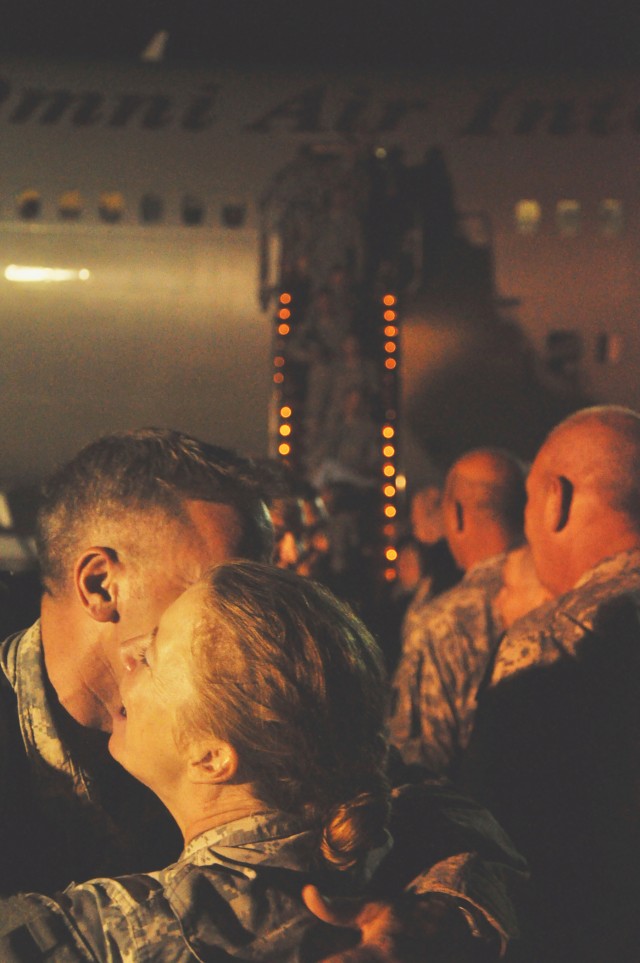
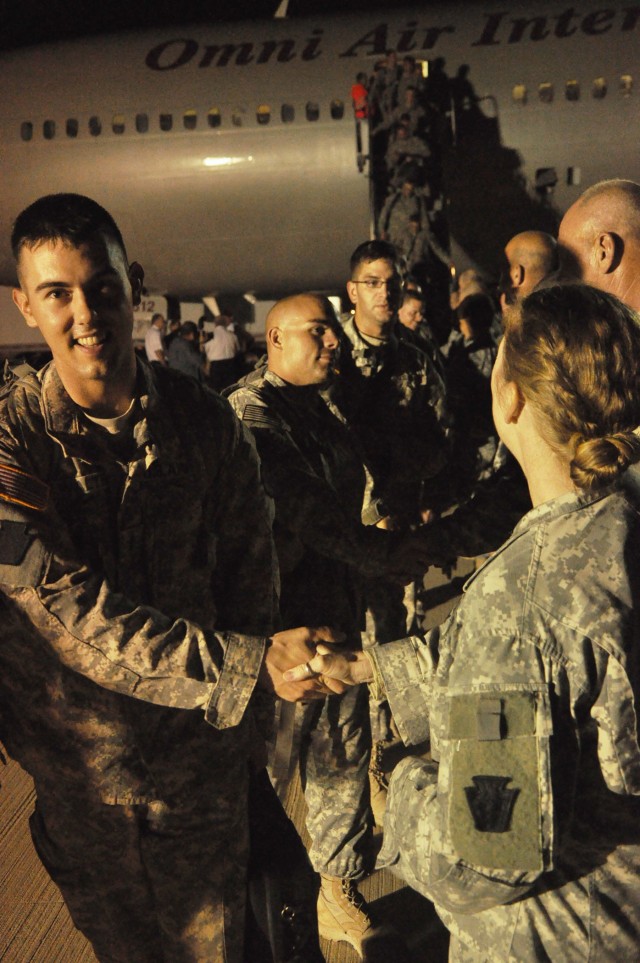
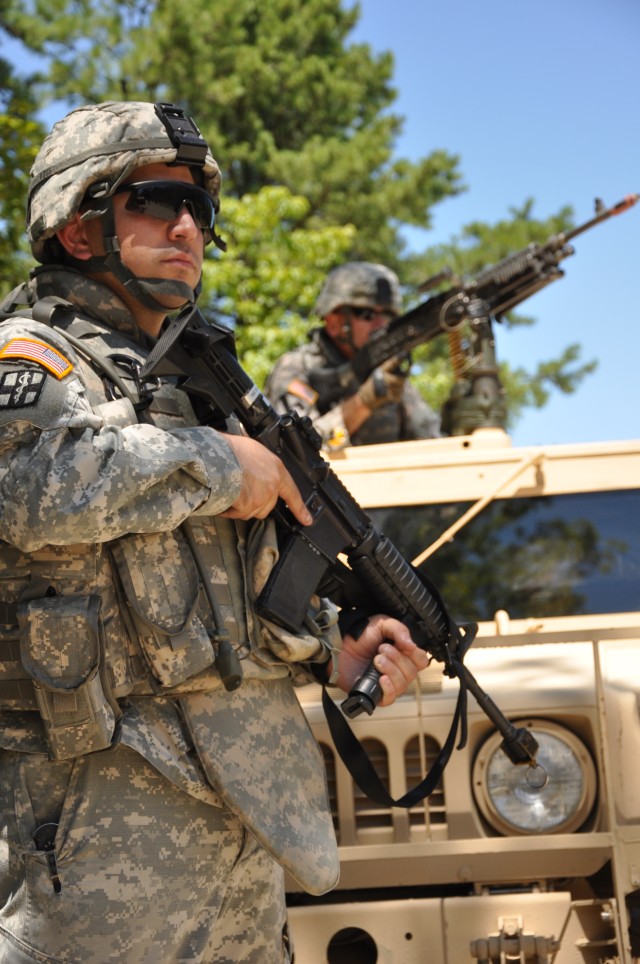
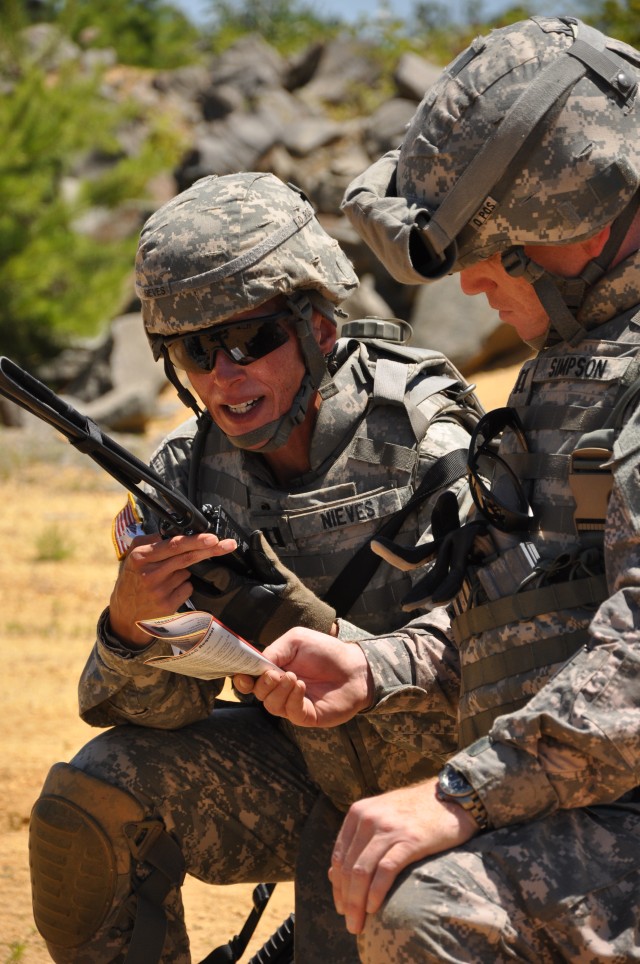
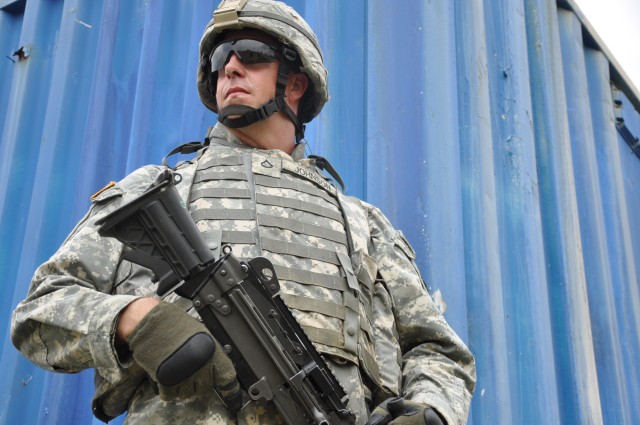
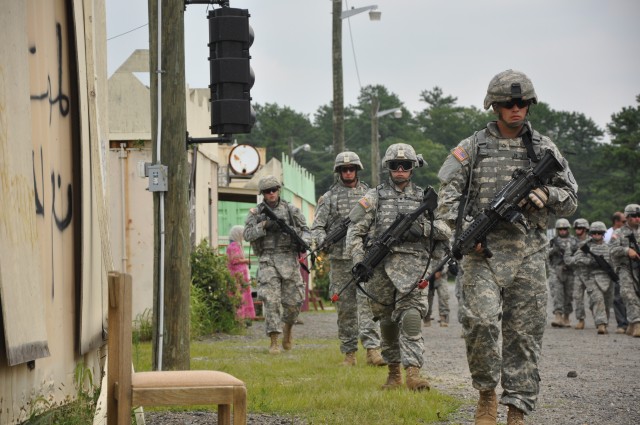






Social Sharing